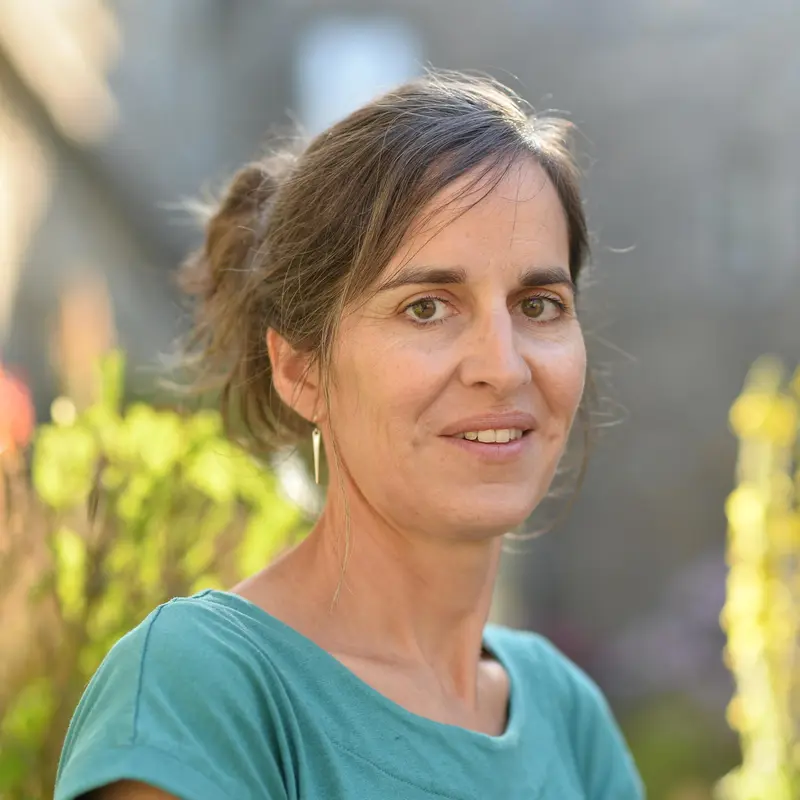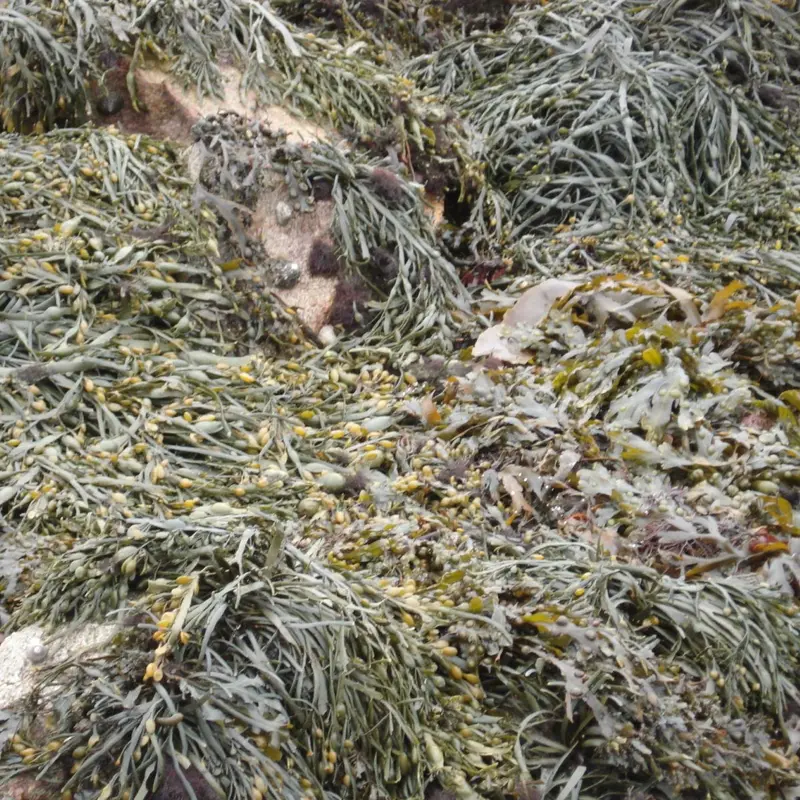
Team BABIM - BActerial BIoconversion of Macroalgae
The BABIM team aims at understanding the degradation and bioconversion of macroalgal biomass by heterotrophic bacteria, a crucial step in the marine carbon cycle. We integrate environmental microbiology studies with detailed molecular characterization of isolated bacterial degraders and evaluation of their potential applications.
Axis 1
Functional ecology of algae-degrading bacteria
Axis 1 aims at unraveling the functional diversity of macroalga-degrading bacteria from natural microbial communities. Only a fraction of alga-associated bacteria specializes in the degradation of complex glycans or intact algal tissues. Acting as pioneers, they fuel the growth of heterotrophic microbial communities by producing metabolites that become substrates for scavengers. We study the substrate specialization and metabolic interactions that shape the assemblage of bacterial communities utilizing macroalgal biomass.
Axis 2
Metabolic strategies for algal biomass breakdown
In Axis 2, we pursue the detailed characterization of pathways used by marine bacteria to access macroalgal biomass. Some of the main targets are novel Polysaccharide Utilization Loci (PUL) which encode a suite of proteins necessary for the assimilation of a specific glycan, including CAZymes for substrate breakdown, modification enzymes (e.g. sulfatases), cell surface substrate-binding proteins, transporters and regulators.
Axis 3
Regulatory mechanisms controlling algal biomass breakdown
In Axis 3, we elucidate the regulation mechanisms involved in marine bacteria, that allow them to rapidly fine-tune their metabolism depending on the diverse substrates found in macroalgal biomass. First, we characterize new PUL-encoded regulators and the molecular mechanisms by which they participate to glycan sensing and control the expression of their cognate PUL. Second, we address potential cross-talks between different pathways, whereby a given substrate can influence the expression of metabolic pathways not directly involved in its utilization
Axis 4
Biotechnology potential of algae-degrading bacteria
Axis 4 aims at exploiting the fundamental knowledge gained on macroalgae-degrading bacteria and specific enzymes derived from these microorganisms to develop novel applications towards the valorization of brown algal biomass.

Contact(s)
- François ThomasCNRS Research Director (DR2)
Projects
Membres




Publications
Year-round quantification, structure and dynamics of epibacterial communities from diverse macroalgae reveal a persistent core microbiota and strong host specificities
Maéva Brunet, Nolwen Le Duff, Tristan Barbeyron, François Thomas. Year-round quantification, structure and dynamics of epibacterial communities from diverse macroalgae reveal a persistent core microbiota and strong host specificities. Environmental Microbiology Reports, 2025, ⟨10.1111/1758-2229.70077⟩. ⟨hal-04785077v2⟩
Evolutionary history and association with seaweeds shape the genomes and metabolisms of marine bacteria
Catherine A. Pfister, Johanna Berlinghof, Maximiliana Bogan, Ulisse Cardini, Angelique Gobet, et al.. Evolutionary history and association with seaweeds shape the genomes and metabolisms of marine bacteria. MSphere, 2025, 10 (6), pp.e00996--24. ⟨10.1128/msphere.00996-24⟩. ⟨hal-05195842⟩
A review on the chemical ecology of the Fucaceae holobionts: from fundamental knowledge to applications
Coralie Rousseau, Gautier Demoulinger, Sylvie Rousvoal, Delphine Champeval, Maurane Dolly, et al.. A review on the chemical ecology of the Fucaceae holobionts: from fundamental knowledge to applications. Comptes Rendus. Chimie, 2024, 26 (S2), pp.1-25. ⟨10.5802/crchim.271⟩. ⟨hal-04740350⟩
Unveiling the role of novel carbohydrate‐binding modules in laminarin interaction of multimodular proteins from marine Bacteroidota during phytoplankton blooms
Marie-Katherin Zühlke, Elizabeth Ficko-Blean, Daniel Bartosik, Nicolas Terrapon, Alexandra Jeudy, et al.. Unveiling the role of novel carbohydrate‐binding modules in laminarin interaction of multimodular proteins from marine Bacteroidota during phytoplankton blooms. Environmental Microbiology, 2024, 26 (5), pp.e16624. ⟨10.1111/1462-2920.16624⟩. ⟨hal-04579759⟩
SusC/D-like proteins in Gammaproteobacteria that utilize fructans
Marie-Katherin Zühlke, Alexandra Bahr, Daniel Bartosik, Vipul Solanki, Michelle Teune, et al.. SusC/D-like proteins in Gammaproteobacteria that utilize fructans. Journal of Cell Science, 2024, 137 (11), ⟨10.1101/2024.09.11.612387⟩. ⟨hal-05013564⟩
SulfAtlas, the sulfatase database: state of the art and new developments
Mark Stam, Pernelle Lelièvre, Mark Hoebeke, Erwan Corre, Tristan Barbeyron, et al.. SulfAtlas, the sulfatase database: state of the art and new developments. Nucleic Acids Research, 2023, 51 (D1), pp.D647-D653. ⟨10.1093/nar/gkac977⟩. ⟨hal-03948623⟩





